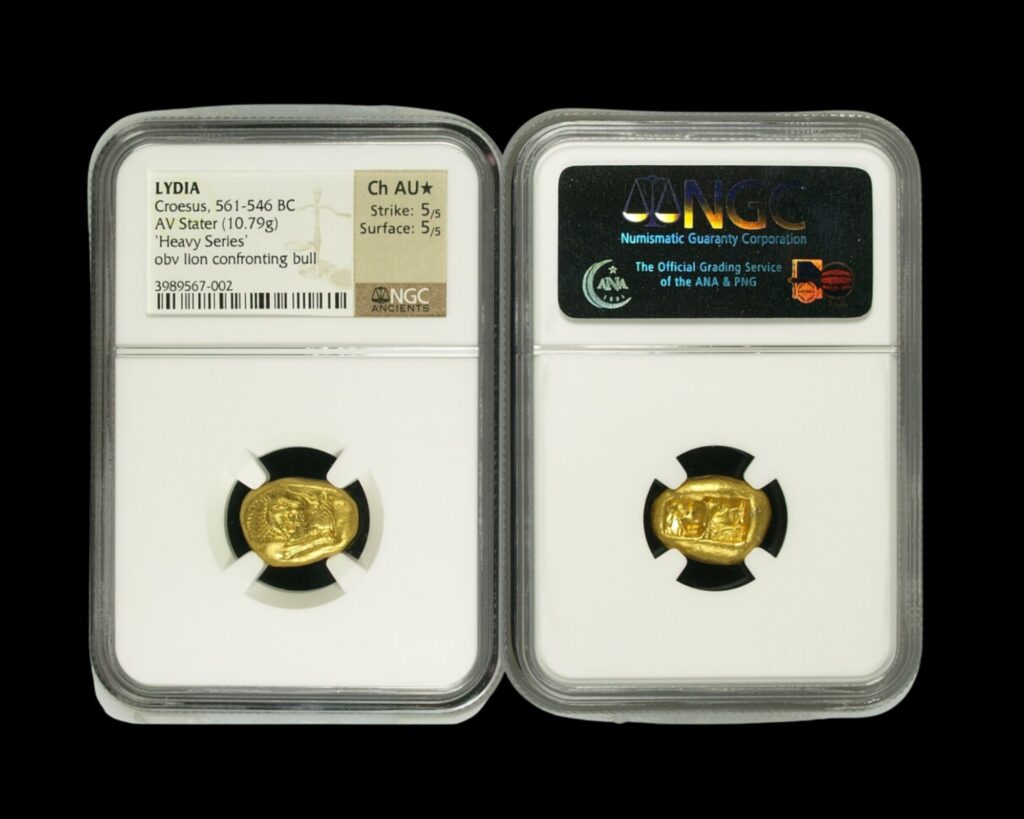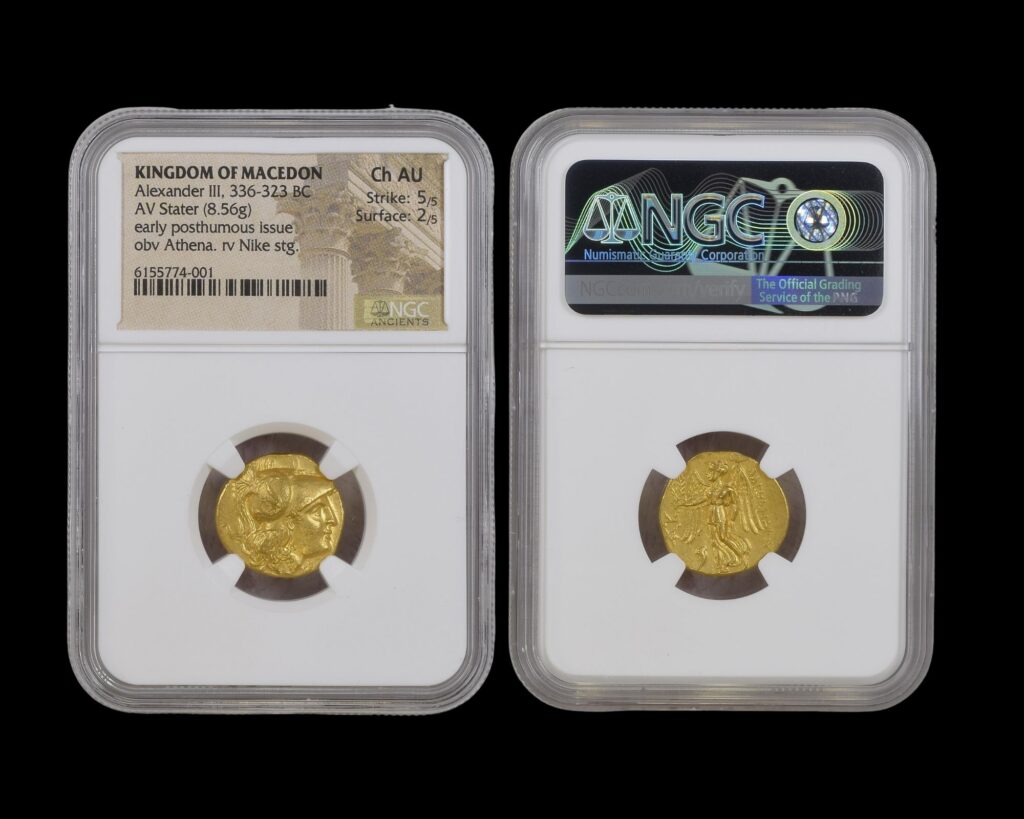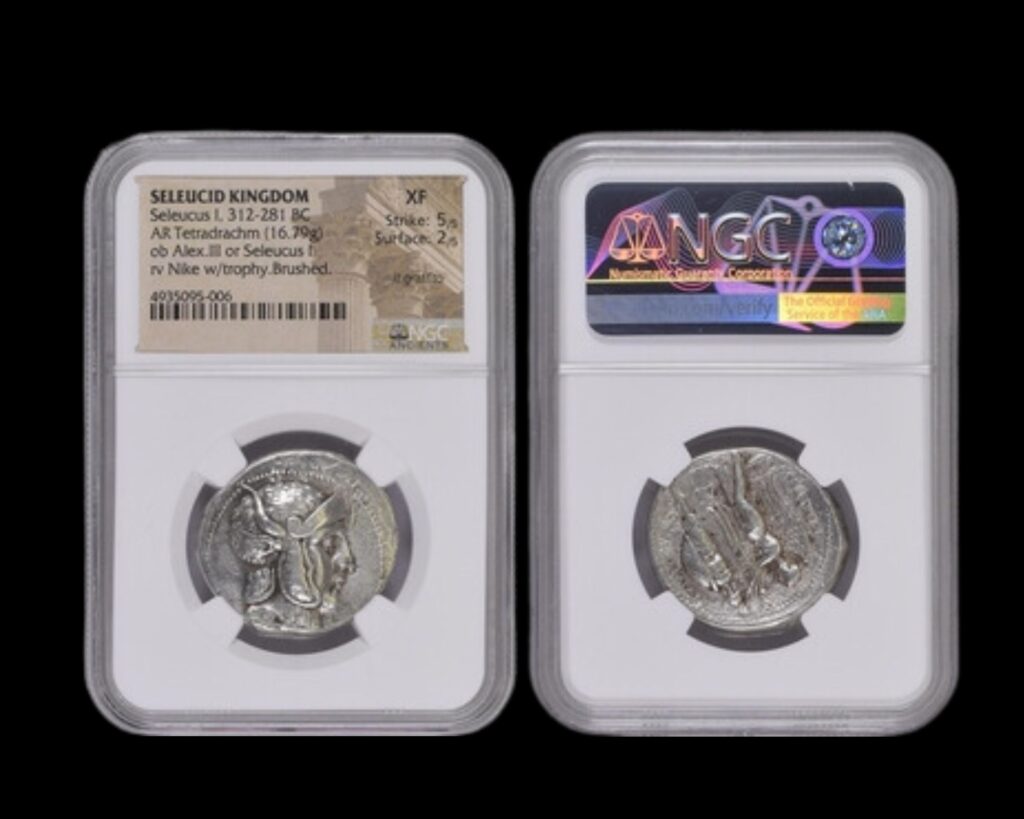
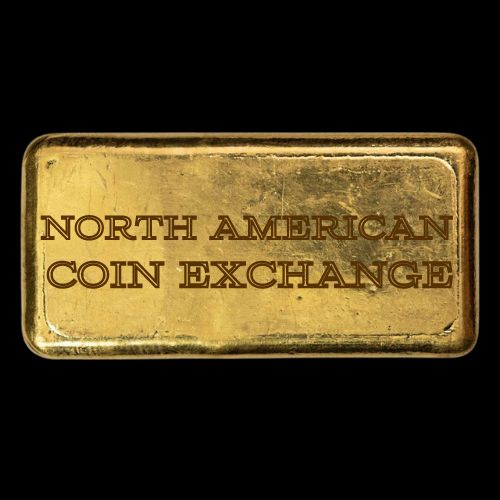
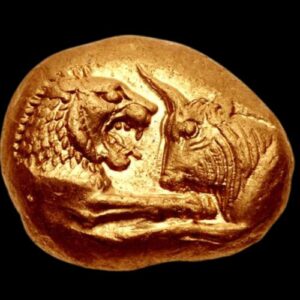
Bullion Vs Numismatics

North American Coin Exchange was founded with precious metal owners in mind and designed to give investors and collectors a better understanding of the precious metals industry.
Throughout history precious metals have been a stable and valuable means to secure and save wealth. Today is no different, we have just been diverted and misled in other directions, and trained to use mediums for general commerce, such as a promissory note that is not backed by anything tangible, and coins that are no longer made with anything of real value.
The best way to simplify the precious metals industry is to be educated about what you are buying. The easiest way to feel comfortable with your investment is to know what products are most abundant, and which one carries more numismatic value. There are only three categories that all physical currency will fall under: Bullion, Semi-Numismatics, and Classic Rarities.
A Simple Illustration: If there were only 10 coin companies known:
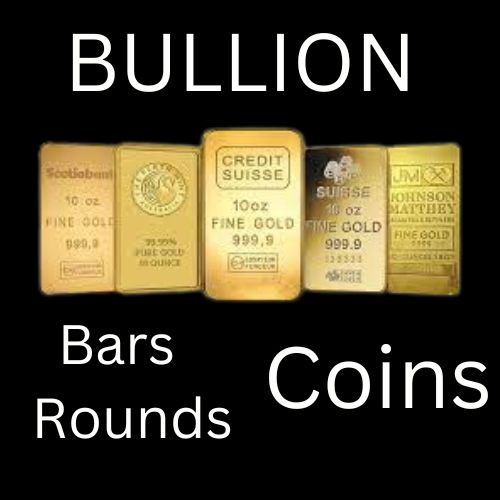
Bullion is so abundant it would be available to buy and sell at all ten companies.
With bullion products 90% of the price, you are paying is based on the intrinsic value and 10% is based on manufacturing cost and the markup of the corresponding product.
Bullion basically means anything in abundance, so it really doesn’t matter when the coin was minted, it will always come down to simple supply and demand. There are coins that were minted before 1933 that are technically classified as bullion because they are so abundant today.
Since bullion products are the most abundant, companies buy and sell these items at different premiums based on the individual company’s business practices.
In a traditional investment sense, bullion should be considered a 1-to-3-year hold. It is tied almost directly to the spot price, so you need the price of the metal to increase before trying to sell.
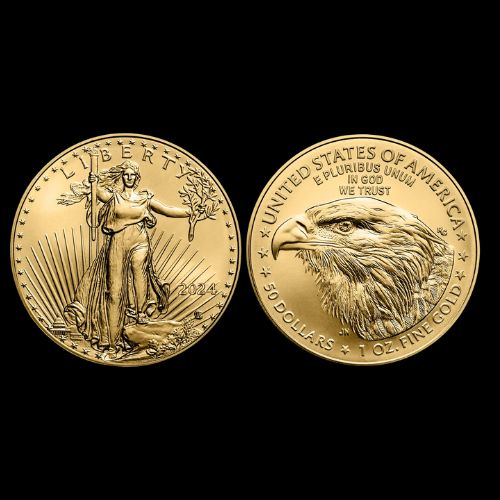

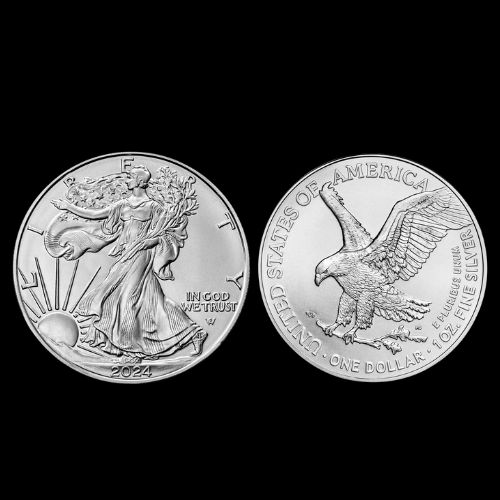
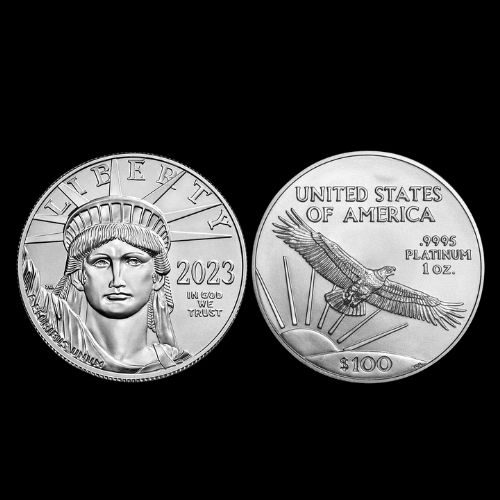
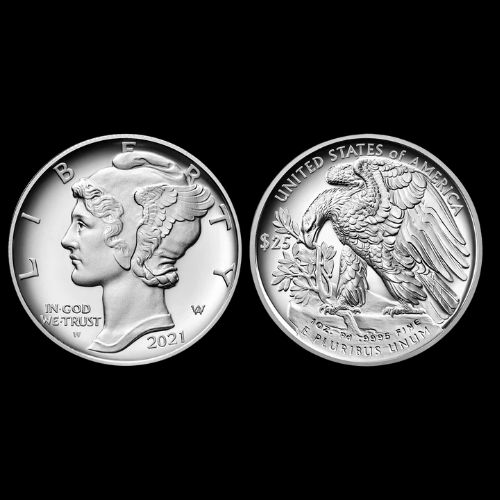
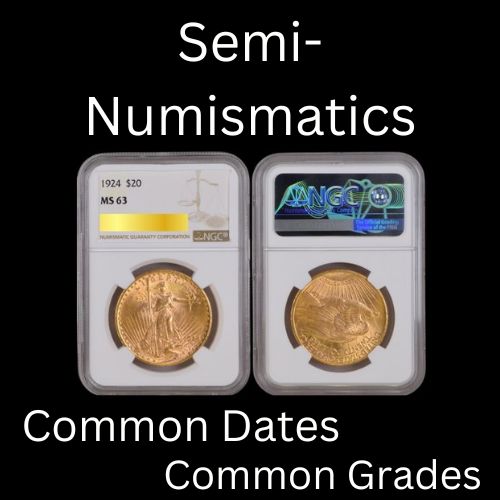
With semi-numismatics 50% of the price is based on the intrinsic value and 50% of the price is based on the numismatic value.
Semi-Numismatic coins tend to have smaller populations or survival rates than their bullion counterparts. With semi-numismatics, if every coin known to exist was on the market at one time, they would only be able to be found at 6 out of the 10 companies.
Semi-Numismatics are more of a 3-to-5-year hold and the trick is to buy the coins when 6 companies have them and sell the coins when only 4 do. There are a large number of common dates or common graded coins minted before 1933 and the same with the modern coins (1986-2024) certified in MS-69 or MS-70 that will fall into this category.
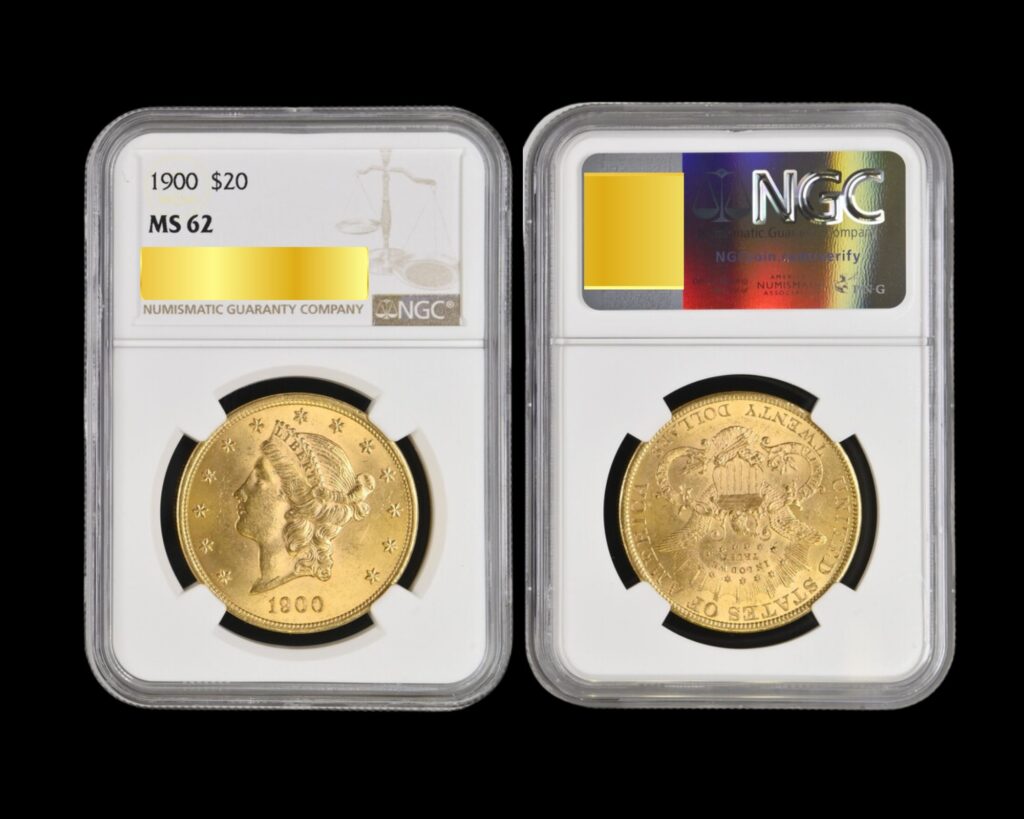
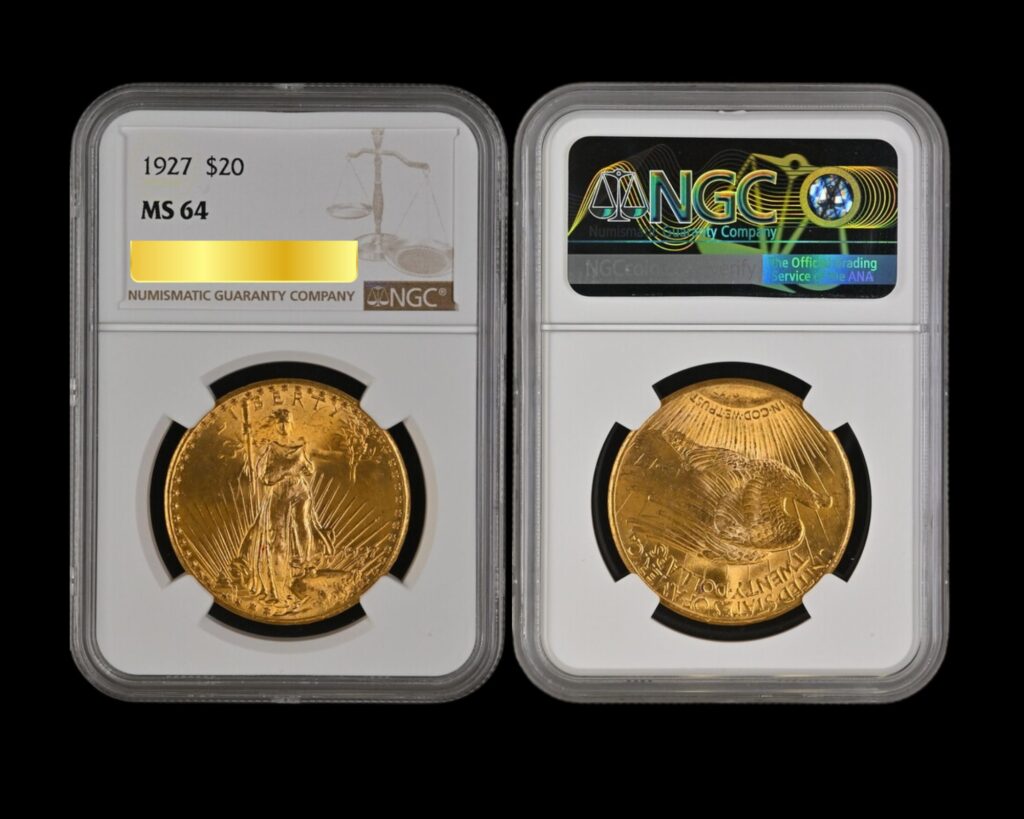
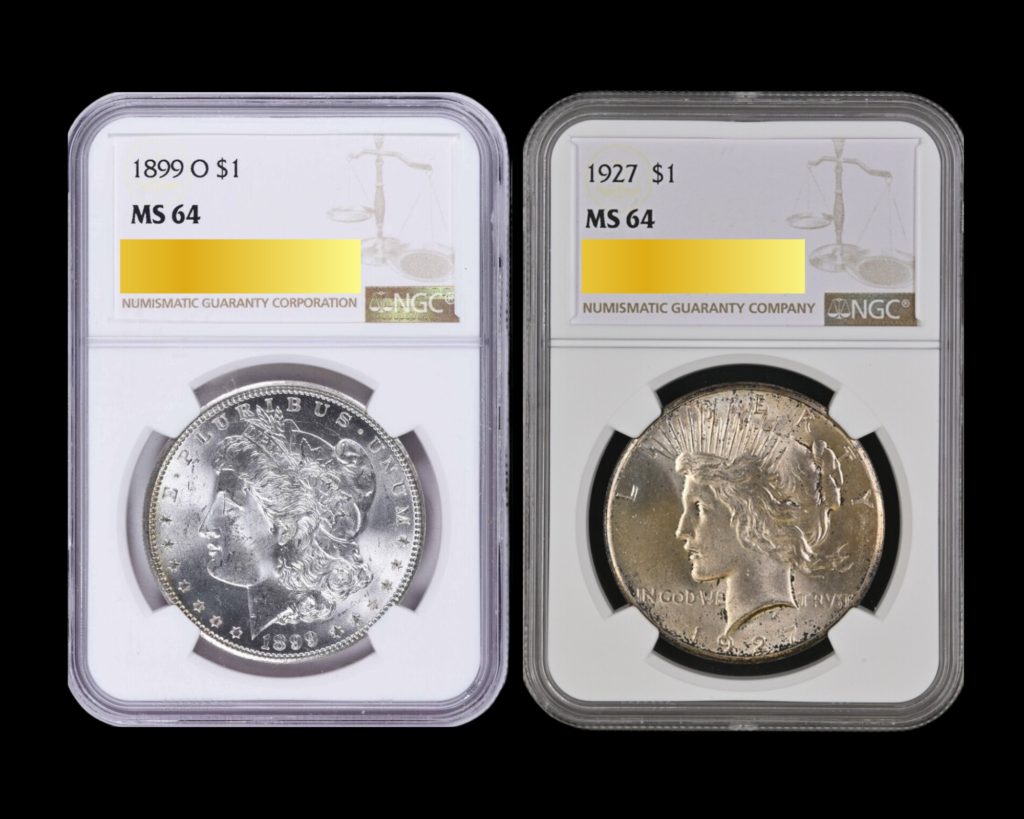
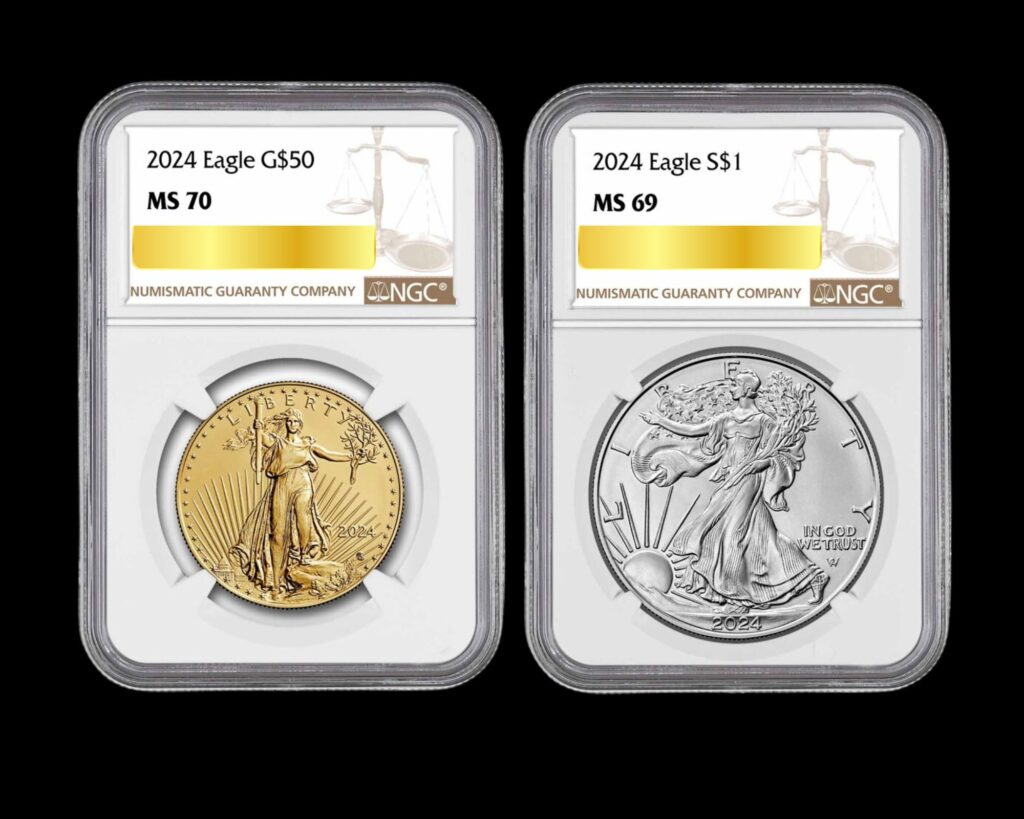

Classic rarities should generally be considered closer to a 5-to-15-year hold and if every coin was available, there would only be one to three companies that you can find these coins at.
With classic rarities 90% of the cost is based on the rarity of the coin, or numismatic value, and only 10% based on the actual value of the metal’s weight, or intrinsic value.
With the majority of classic rarities, there are only so many coins that will exist, and even fewer available on the open market, so the demand tends to always outweigh the supply.
By investing in such a rare and valuable item, one of the major advantages is being able to concentrate great wealth into a physically small asset.
As long as you do not overpay for these coins to begin with, they can grow in value exponentially compared to bullion and semi-numismatic products.
Evaluate your individual goals, risk tolerance, projected time limitations, and really what draws your personal interest, and you will have a promising idea of how to diversify within these three categories.
